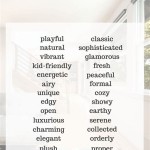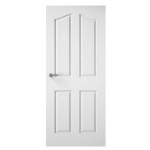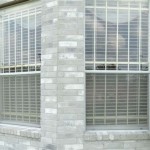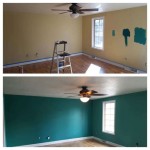Painting concrete block interior walls is a great way to add a fresh, modern touch to any room. Whether you’re looking to give a new look to an old home or create a unique, stylish design for a newly built space, painting concrete block is the perfect solution. This article will provide ideas, tips, and advice on how to complete this project successfully.
Choosing the Right Paint
The first step to successfully painting concrete block walls is to choose the right paint. Generally, you’ll want to use a paint that is specifically designed for masonry surfaces. These paints are usually a bit more expensive than regular wall paint, but they’re well worth the extra money because they’re specifically designed to adhere to concrete block walls and provide a long-lasting finish.
Preparation
Before you start painting, you’ll need to properly prepare the wall. Start by cleaning the wall with a mixture of water and mild detergent. Allow the wall to dry completely before moving on to the next step. Next, use a sponge or brush to apply a coat of masonry sealer. This sealer helps the paint adhere to the wall and prevents it from peeling or chipping in the future.
Painting
Once your wall is properly prepared, it’s time to start painting. Start by applying a coat of primer. This will help the paint adhere to the wall and give it a smooth, even finish. Allow the primer to dry completely before moving on to the next step. Next, use a brush or roller to apply the paint. Start at the top of the wall and work your way down. Use even strokes and be sure to cover all areas. Allow the paint to dry completely before applying a second coat.
Finishing Touches
Once your wall is completely painted, you can add some finishing touches to really give it a custom look. Consider adding a border of a different color or texture to create a unique design. You can also use stencils to create patterns and designs. Finally, you can add some extra protection to your wall by applying a clear sealer. This will help protect the paint from fading and chipping over time.















Related Posts








